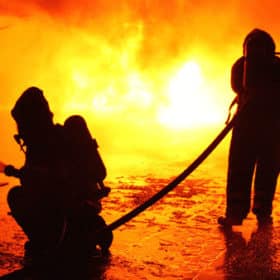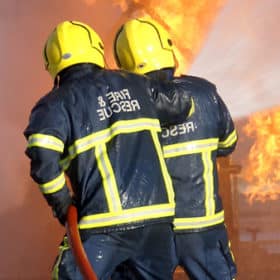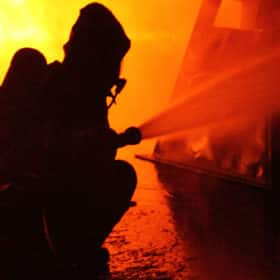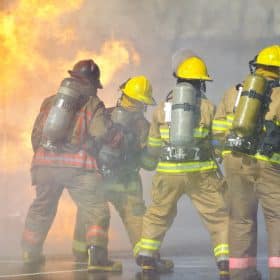BECOME A FIRE CONTROL OPERATOR
Thousands of calls are received by the Fire Service control every year, and the Fire Control Operators (FCOp) are a vital element in the work of the Fire and Rescue Service.
LEARN THE STEP-BY-STEP PROCESS OF HOW TO BECOME A FIRE CONTROL OPERATOR.
Packed full of insightful information, tips and guidance, this download guide will ensure that you have the very best chance of securing a job as a Fire Control Operator.
THE ROLE OF A FIRE CONTROL OPERATOR
The main duty of the FCOp is to obtain enough information from the caller and, within 90 seconds of taking the call, decide what fire crews and equipment need to be sent to the incident. Naturally, in the vast majority of cases this will be a relatively simple task based on the predetermined response that has been set by the Fire and Rescue Service. However, on occasions there will be times when the skills of the FCOp will be tested to the limit. The potential for varying degrees of incident difficulty will very much depend on the ‘risks’ that are present in a specific county area.
For example, in the county of Kent there are the following significant risks:
- The Channel Tunnel;
- The M2, M20, M25 and M26 motorways;
- Dungeness Power Station;
- Numerous rail links, including the hi-speed rail link to London;
- Bluewater shopping centre;
- The Queen Elizabeth Bridge and the Dartford river crossing.
Of course, the county area that you are applying to join as a FCOp will have many different risks than the county of Kent. We recommend that you learn what they are before you attend the interview stage of the FCOp selection process. Here is a sample interview question for you to prepare for:
Q. What are the major risks presented to the Fire and Rescue Service in this county area?
TESTING
Testing may vary from Fire Service to Fire Service; however, the tests will usually consist of the following three elements. Audio Typing: this consists of listening to passages read out by an individual or from an audio recording device played out loud into the room. The aim of this test is to assess your typing speed, spelling, accuracy, listening skills and also your interpretation of what is being said. The content you provide will be examined, and even though you may not finish the passage, as long as the example is accurate and spelling is good this will be considered. Word Comprehension: this is the ability to read text, process it and understand its meaning. This is tested by reading a passage that will then give a choice of the correct spelling and the meaning of the word. For example: “The presence of the man in the room” could also be written as “The presents of the man in the room.” Both sound the same, but the written context is totally different.
- Presence = the fact or condition of being present within your immediate surroundings or vicinity.
- Presents = a gift or showing and giving, or an introduction.
Number Recall: this again, is either verbally given from a representative or a recording played in the room. A sequence of numbers is given; initially a lower set of numbers is given, i.e. 2928. Then, as the test progresses, the length of sequence will increase i.e. 4935742, and so on. You are required to write down the numbers in the correct sequence on your test paper. This test is used for listening and accuracy skills. Numbers are used to a high percentage of the working day within the role of an Operator and therefore, you need to demonstrate that your memory retention ability is high
QUESTION
The pilot . . . . . . . . . . . . . . . . . . the helicopter back to basecamp due . . . . . . . . . . . . . . . . . . the strong winds and . . . . . . . . . . . . . . . . . . down pour.
Which of the following combinations of words is the only one which can be inserted into the sentence? ANSWER: D








